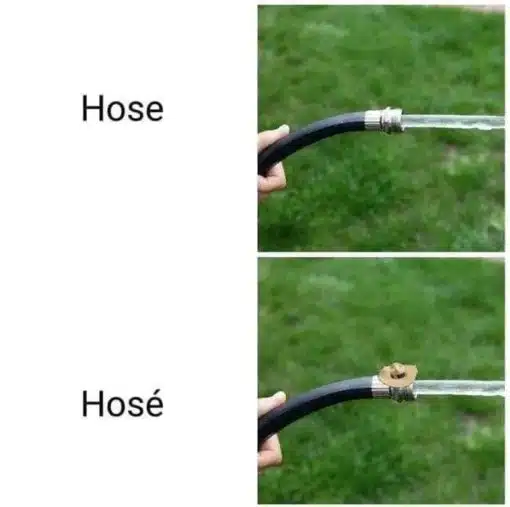Top 50 Language Memes
RANKING FOR BEST Language Meme
Hey there! Welcome to “Language Memes Ranked” on topyoular.com, your go-to destination on the internet for the absolute best memes about language. I’m your guide through this hilarious journey where we rank and showcase the top 50 language memes, as decided by you, our awesome community. From pun-intended phrases to linguistic jokes that only true language lovers will understand, this page is a treasure trove of laughter and relatable content that celebrates the quirks and eccentricities of languages from around the globe.
Here at topyoular.com, we believe that humor is one of the best ways to connect with each other, and what better way to do that than through the universal love for languages? Whether you’re a polyglot, a language student, or just someone who appreciates a good chuckle about the absurdities of grammar rules, “Language Memes Ranked” is the place for you. Our community has meticulously voted on their favorite memes, ensuring that only the creme de la creme make it to our top 50 list. Each meme is a reflection of our shared experiences with learning, understanding, and sometimes being baffled by languages.
Navigating through the ranked memes, you’ll find a diverse collection ranging from witty plays on words to humorous observations about language learning that might leave you saying, “that’s so true!” The ranking is dynamic; it changes based on your votes, meaning every time you visit, you could be greeted by a new top meme! This interactive experience allows you to be part of a community that appreciates language humor just as much as you do.
But “Language Memes Ranked” isn’t just about browsing; it’s about engaging. You’re not only a viewer but a participant. Vote on your favorite memes to see them climb the ranks or submit your own masterpieces for the world to enjoy. Comment, share, and connect with fellow language enthusiasts who share your passion for linguistic puns and jokes.
I’m proud to be the go-to page on topyoular.com for the best language memes on the internet. So take a break, explore the top 50 language memes, and join us in celebrating the fun and funny side of languages. After all, laughter is a universal language, and here, we speak it fluently. Welcome to your happy place!

The image presented is a two-panel joke featuring photographs of a garden hose. Each panel includes a slight variation that serves as the punchline of the joke. The emphasis of the humor lies in the play on words influenced by a change in the picture.
In the top panel, the word "Hose" is placed above an image of a person holding a standard garden hose, which is spraying water. Everything about this panel signifies a common, everyday object familiar to many people. This sets up the expectations for the viewer, establishing the basis for a typical scenario involving a garden hose.
The bottom panel changes things up slightly with the word "Hosé" shown above an altered image of the same garden hose, but this time with a small figurine, resembling a sombrero-wearing man, attached to the end where the water is coming out. The figurine is positioned in such a way that it appears as though the water is flowing directly from its position on the hose, giving it a humorous characterization.
The joke relies on the linguistic pun introduced by the accent over the "e" in "Hosé," which transforms the word from the English "hose" to a word that phonetically resembles the Spanish name "José" (pronounced ho-ZAY). By personifying the inanimate hose with a stereotypically Spanish name and an associated diminutive figure, the joke plays on cultural stereotypes in a lighthearted manner.
What might make this image funny to people is the unexpected, playful twist on the second panel. The humor arises from the anthropomorphizing of the hose with a pun on a name, which contrasts with the non-personified object in the first panel. It's a simple form of wordplay that draws on the similarity between the pronunciation of "hose" and "José" when written with the Spanish diacritical mark.
Furthermore, the overall jest is very innocent and relies on visual humor paired with a cross-linguistic pun. It's an example of how language and imagery can be combined in creative ways to elicit a smile or laughter. The joke doesn't require deep cultural knowledge, just a basic understanding of the accent's effect on pronunciation, making it widely accessible and understood by a diverse audience. Hose Hos
